Chinchillas, often affectionately called "dragon cats" or "long-haired mice" in some regions, are adorable and highly active pets. Originating from the Andes Mountains, these furry creatures thrive in cool, dry environments with excellent airflow. In captivity, replicating their natural habitat is crucial for their health and well-being. One of the most critical aspects of chinchilla care is ensuring proper ventilation within their cages.
Why Ventilation Matters
Unlike many other small pets, chinchillas have extremely dense fur that makes them particularly susceptible to heat stress and respiratory issues. Poor ventilation can lead to a buildup of ammonia from urine, excessive humidity, and stagnant air - all of which create an unhealthy environment. Proper cage ventilation helps regulate temperature, removes odors, prevents mold growth, and ensures your pet gets sufficient fresh air circulation.
The ideal chinchilla cage should allow for continuous air exchange without creating direct drafts that could chill the animal. This balance requires thoughtful design and placement of ventilation openings. Many commercial cages designed for other small animals often fail to meet the specific ventilation needs of chinchillas, making modifications or custom solutions necessary.
Design Principles for Optimal Airflow
Effective chinchilla cage ventilation follows several key principles. The cage should have multiple ventilation areas positioned to create cross-ventilation. Wire mesh sides are preferable to solid walls as they allow air to flow freely while maintaining security. The top of the cage should include ventilation panels since heat rises and needs to escape.
Ventilation openings should be small enough to prevent escapes but large enough to permit adequate airflow. The spacing between bars or mesh should be no more than 1-1.5 cm to ensure safety. Placement of ventilation areas should consider the chinchilla's habits - avoiding areas where they sleep or rest to prevent drafts while ensuring active areas receive good airflow.
Materials and Construction Considerations
The choice of materials significantly impacts ventilation effectiveness. Powder-coated metal mesh is ideal as it's durable, easy to clean, and allows maximum airflow. Avoid plastic components in areas needing ventilation as chinchillas may chew them, creating both health hazards and reducing airflow over time.
For multi-level cages, ventilation must be addressed on each level, not just the top. Stagnant air can accumulate in lower sections, especially if bedding material is used. Some owners incorporate small, safe fans in the room (not directly blowing on the cage) to enhance air circulation during warmer months.
Seasonal Ventilation Adjustments
Chinchilla owners must adapt ventilation strategies seasonally. During summer, additional ventilation may be necessary to prevent overheating. This might include temporarily replacing solid cage panels with mesh or moving the cage to a better-ventilated area. In winter, while maintaining airflow is still crucial, some ventilation areas might need partial covering to prevent excessive cooling.
Humidity control is another ventilation-related consideration. Chinchillas require humidity levels between 40-60%. In humid climates, increased ventilation helps prevent moisture buildup, while in dry climates, some ventilation might be reduced to maintain proper humidity. Monitoring with hygrometers helps make informed adjustments.
Common Ventilation Mistakes to Avoid
Many well-intentioned chinchilla owners inadvertently make ventilation errors. Over-ventilating can create dangerous drafts, while under-ventilating leads to stuffy, unhealthy conditions. Placing the cage in a completely enclosed space like a closet defeats ventilation purposes, even with a well-designed cage.
Another frequent mistake is blocking ventilation areas with accessories like hideaways or shelves. While these items are important for chinchilla enrichment, their placement shouldn't obstruct airflow. Similarly, covering the cage with blankets for darkness may inadvertently restrict ventilation if not done thoughtfully.
Innovative Ventilation Solutions
Some owners and manufacturers have developed creative ventilation solutions. These include cages with adjustable ventilation panels that can be opened or closed as needed. Others incorporate ventilation tunnels or chimneys that use natural convection to draw air through the cage. A few high-end designs even include integrated air filters for households with air quality concerns.
For DIY cage builders, incorporating computer case fans (modified to be chew-proof) has proven effective in some setups. These low-voltage fans can provide gentle air circulation without creating harsh drafts. However, such modifications require careful implementation to ensure safety.
Monitoring and Maintenance
Proper ventilation requires ongoing attention. Regularly check that all ventilation areas remain unobstructed and clean. Dust and fur can accumulate on mesh panels, gradually reducing airflow. A weekly inspection helps identify any buildup or damage that might compromise ventilation effectiveness.
Observing your chinchilla's behavior provides important clues about ventilation adequacy. Signs of poor ventilation include excessive grooming (trying to cool down), lethargy, or frequent sneezing. Conversely, if your pet consistently avoids certain areas of the cage, it might indicate uncomfortable drafts.
Professional Insights on Ventilation Standards
Veterinarians specializing in exotic pets emphasize that respiratory issues are among the most common health problems in captive chinchillas, often related to inadequate ventilation. They recommend cages with at least 50% of the total surface area consisting of ventilation openings. The air in the cage should completely exchange at least 8-10 times per hour.
Breeders and long-time chinchilla owners note that proper ventilation becomes even more critical during breeding or when housing multiple animals together. The increased biological load from more animals requires proportionally better airflow to maintain a healthy environment.
Balancing Ventilation with Other Needs
While ventilation is crucial, it must be balanced with other cage requirements. The design should still provide areas of privacy and security for the chinchilla. Ventilation openings shouldn't compromise the cage's structural integrity or safety. The system should work in harmony with feeding, watering, and cleaning access points.
Lighting is another factor that sometimes conflicts with ventilation needs. While natural light is beneficial, direct sunlight through ventilation openings can cause overheating. The ideal solution positions ventilation to maximize airflow while controlling light exposure.
Future Trends in Chinchilla Cage Ventilation
The pet industry continues to innovate in small animal housing. We're beginning to see "smart" cages with sensors that monitor temperature, humidity, and air quality, adjusting ventilation automatically. Other developments include improved antimicrobial coatings on mesh that maintain airflow while resisting bacterial growth.
Eco-conscious designs are incorporating more sustainable materials without sacrificing ventilation quality. Some manufacturers are exploring passive cooling systems inspired by architectural designs for hot climates, applying these principles to chinchilla habitats.
As our understanding of chinchilla needs evolves, so too will ventilation solutions. The goal remains creating environments that support these sensitive creatures' health while accommodating their active lifestyles and the practical realities of domestic living spaces.
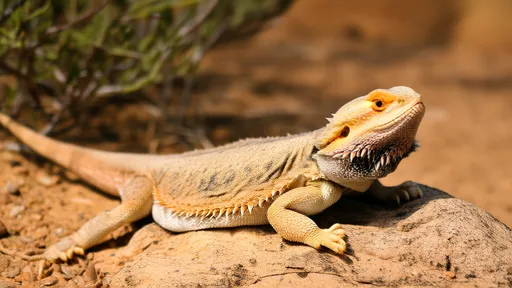
By /Jun 28, 2025
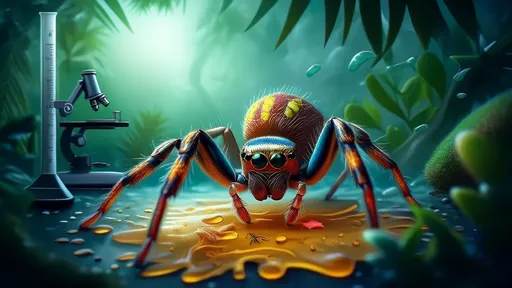
By /Jun 28, 2025
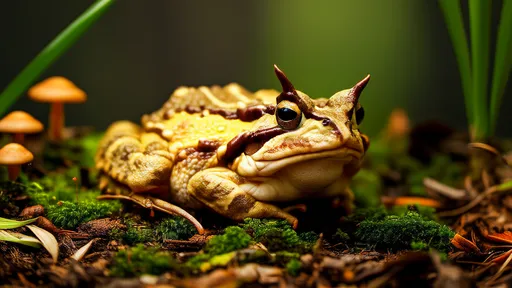
By /Jun 28, 2025
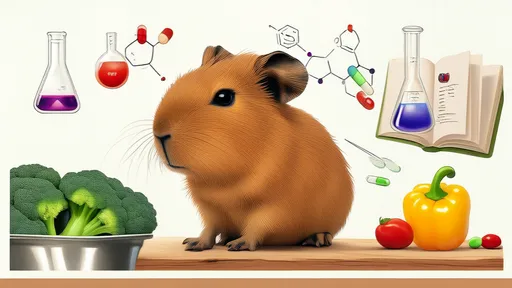
By /Jun 28, 2025
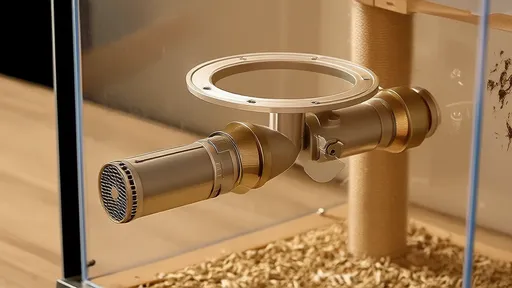
By /Jun 28, 2025
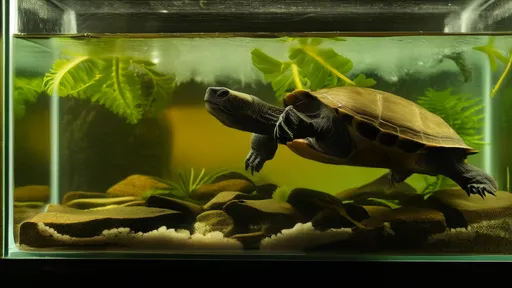
By /Jun 28, 2025
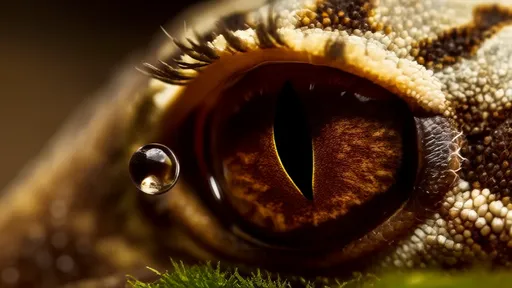
By /Jun 28, 2025
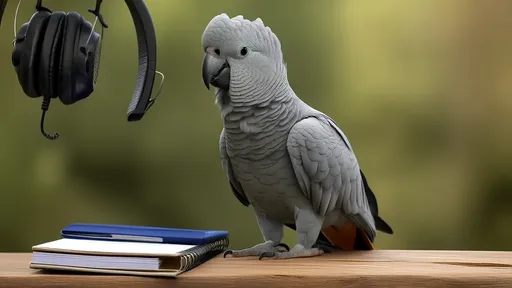
By /Jun 28, 2025
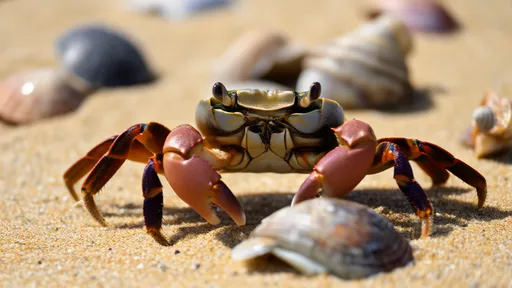
By /Jun 28, 2025
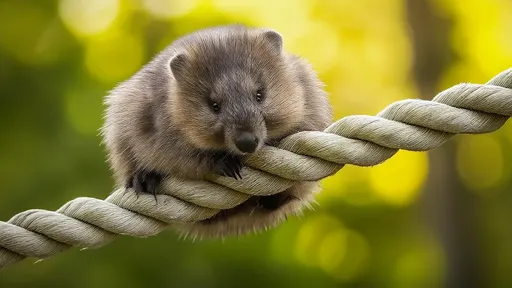
By /Jun 28, 2025
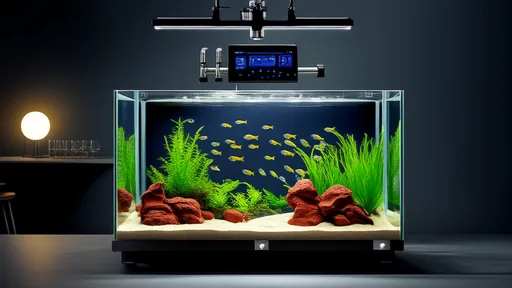
By /Jun 28, 2025
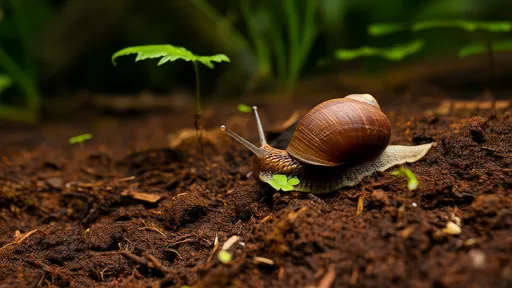
By /Jun 28, 2025
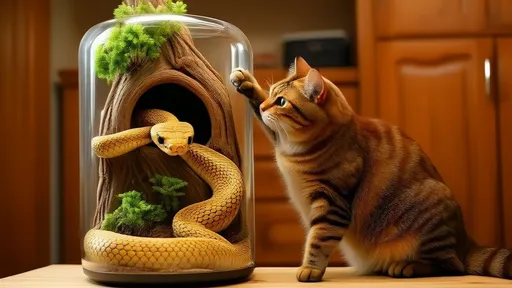
By /Jun 28, 2025
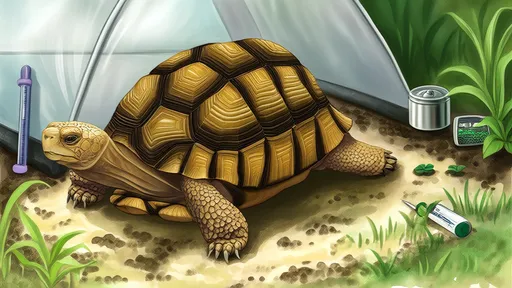
By /Jun 28, 2025
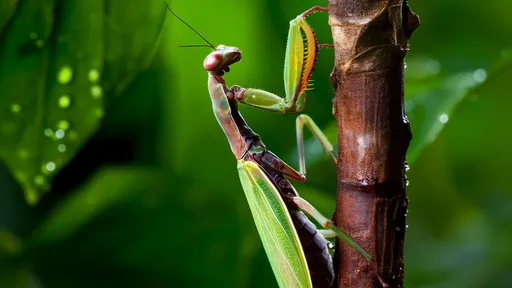
By /Jun 28, 2025
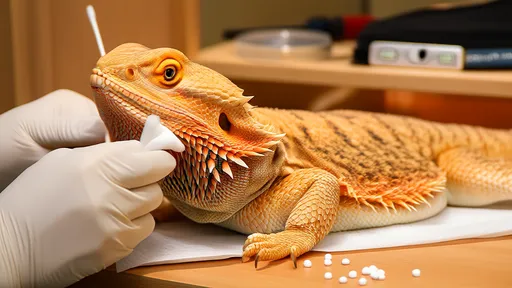
By /Jun 28, 2025
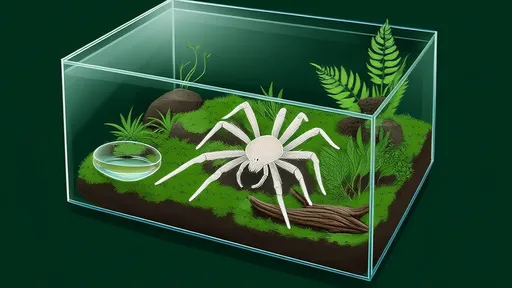
By /Jun 28, 2025